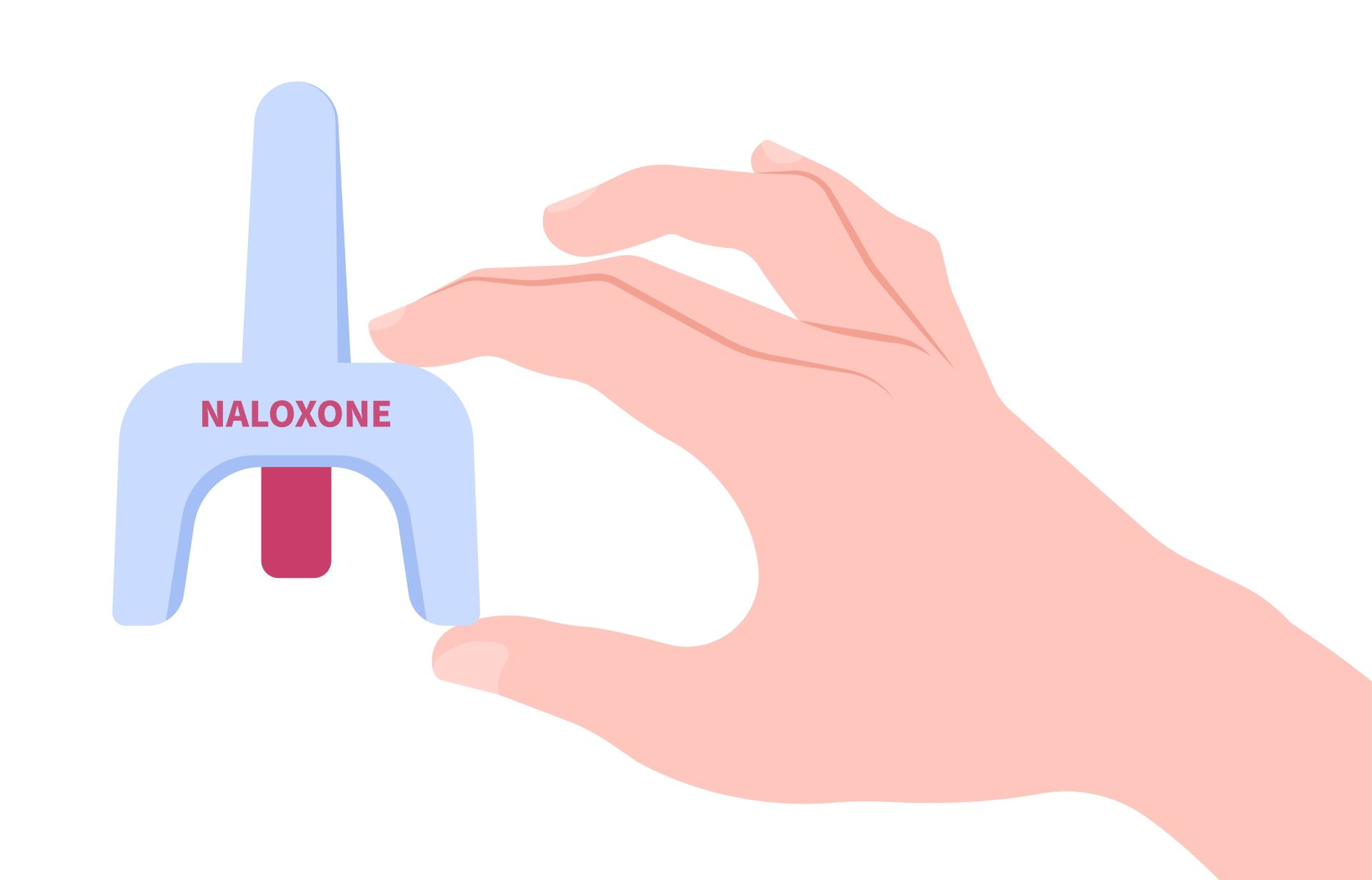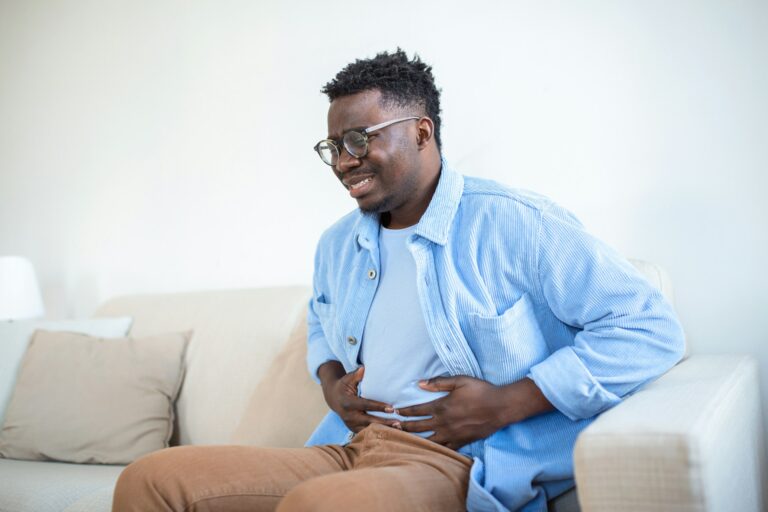Enhanced resources available at UBC to help prevent overdoses
500 additional doses of nasal naloxone will be held in 250 new naloxone cabinets that were received from the province. These cabinets will be installed across UBC’s campuses and residence buildings.

As students return to campus for another academic year, the University of British Columbia is reinforcing the importance of community care as part of the university’s comprehensive approach to substance-use health and harm reduction.
“The health and safety of our university community is our highest priority. We have a shared role in keeping each other safe, and that is especially clear with the current increased toxicity and unpredictability of street drugs across the province,” said Noorjean Hassam, associate vice-president, student health and wellbeing,
UBC is a key participant in the Post-Secondary Overdose Prevention Steering Committee, which was established by the province over the summer.
“The province has provided post-secondary institutions with additional doses, including hundreds for UBC alone, which will be distributed across our Vancouver and Okanagan campuses,” said Andrew Parr, associate vice-president, student housing and community services. “The availability of naloxone is a cornerstone to our harm-reduction efforts. Naloxone has been available across our campuses, and specifically within our student residences, since 2016, but now we are greatly expanding availability and access.”
Thanks to the combined efforts and work of the committee, 500 additional doses of nasal naloxone will be held in 250 new naloxone cabinets which will be installed across UBC’s campuses and residence buildings.
Generally, these cabinets will be co-located with automated external defibrillators, which are mapped on the UBC Safe app (Apple Store, Google Play). All naloxone kits on campus are free and anonymous.
Naloxone kits are also available at these locations at UBC Vancouver:
- Wellness Centre at the UBC Life Building.
- Student Health Service Clinic at Orchard Commons Residence.
- Student Health Service Clinic at Koerner Pavilion in the UBC Hospital.
- All residence commons blocks and residence building lobbies.
- AMS resource centres, including the AMS Sexual Assault Support Centre and AMS Peer Support lobby offices in the AMS Nest.
- At many B.C. pharmacies.
Naloxone kits are also available at these locations at UBC Okanagan:
- Student Health Clinic, in the University Centre.
- Harm Reduction Team (HaRT) in Picnic at the University Centre.
- Nechako Residence commons block desk.
- All residence building lobbies.
- At many B.C. pharmacies.
As a result of the ongoing work of the committee, comprehensive overdose prevention and response guidelines for post-secondary institutions were announced on Sept. 3, 2024. The guidelines identify strategic actions for immediate implementation to improve harm reduction across campuses and in student housing.
“Post-secondary communities in British Columbia will benefit from these best practices, which are the result of hard work in partnership with the provincial government, BC Centre for Disease Control, and other institutions across the province,” said Parr. “UBC has worked closely with the government steering committee and expects the coming guidelines will provide additional support to not just UBC, but universities and colleges across the province. UBC will ensure these guidelines are implemented on our campuses.”
Hassam said, “We are in the process of launching an enhanced awareness campaign to connect our community with the tools they need to respond to an emergency, which includes harm reduction resources and training.”
On the Vancouver campus, health promotion specialists and registered nurses help distribute naloxone kits and provide training to the UBC community on how to recognize and respond to toxic drug poisoning. The Student Health Equity, Promotion, and Education Team also offers naloxone training at the Wellness Centre, and can facilitate group training workshops UBC students, faculty, and staff upon request as well.
Residence advisors receive substance overdose training from the Student Health Equity, Promotion and Education Team, including content highlighting the location and use of naloxone in Student Residences.
Campus Security officers are equipped with nasal naloxone and are trained to administer it.
UBC Okanagan’s Harm Reduction Team (HaRT) also offers training sessions where students are trained with naloxone. Students are encouraged to attend the sessions at various locations across the Okanagan campus throughout the year. The student-led Emergency First Responders Team also carries and are trained to administer naloxone.
“Knowing how to recognize and respond to signs of toxic drug poisoning—and understanding how to use life-saving tools like naloxone—can make all the difference,” said Gaya Arasaratnam, director, wellbeing and accessibility services, from UBC Okanagan.
In any emergency, including an overdose or suspected overdose, contact 911 first for immediate support. If possible, follow-up with a call to Campus Security for first aid at (604) 822-2222 for UBC Vancouver, or (250) 807-8111 for UBC Okanagan. Campus Security can also be reached via the emergency blue phones, which are located across the Point Grey and Okanagan campuses.
“If you need to call 911 for a toxic drug poisoning, remember that the Good Samaritan Drug Act protects you. Even if you have a small amount of substances on you, this law ensures you won’t face legal repercussions,” said Hassam. “Similarly, we also want to emphasize that there will be no discipline for students who call for help in alignment with UBC’s compassionate approach in response to this crisis. Our residence contract has also been updated to reflect that students won’t receive disciplinary residence points in these instances as well.”
As the academic year begins, UBC is reiterating its commitment to harm reduction and community safety.
“Plan ahead, look out for each other, and make use of the many resources available on campus to keep each other safer,” Hassam concluded.
Make a plan to reduce potential harms with these tips.



